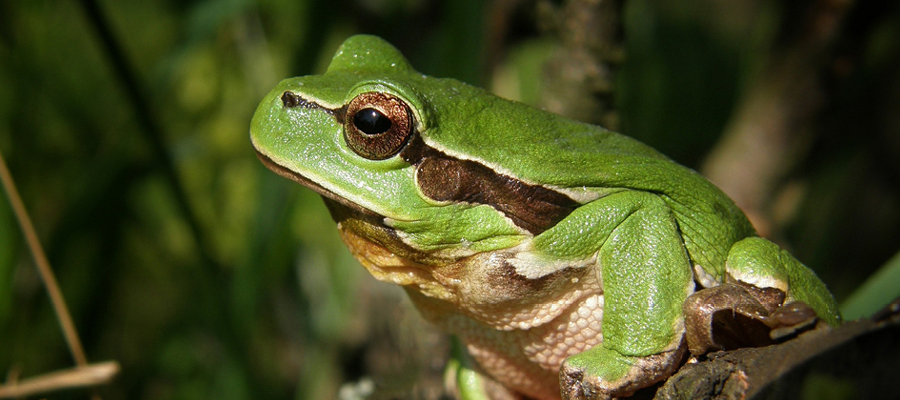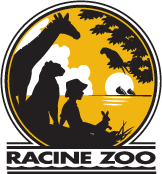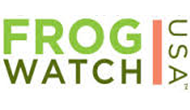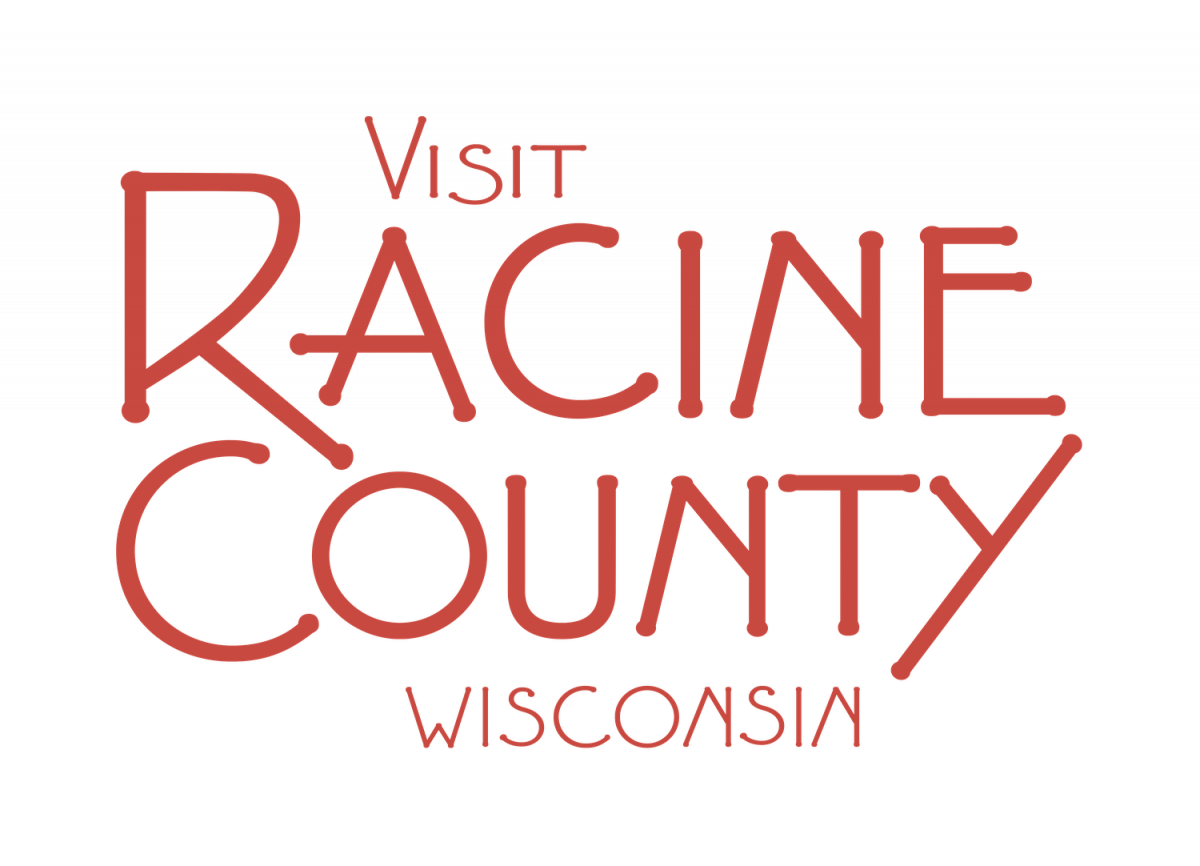
What is FrogWatch USA?
FrogWatch USA is a citizen science program of the Association of Zoos and Aquariums (AZA) that provides individuals, groups, and families with an opportunity to learn about wetlands in their communities and report data on the calls of local frogs and toads. Volunteers collect data during evenings from February through August and have been submitting data for over 15 years.
Data are entered and accessed online. Learn more about FrogWatch USA's innovative online data entry, mapping, and analysis platform where volunteers, chapter coordinators, researchers, and anyone with an interest in frogs and toads can explore the FrogWatch USA data. Data are readily available for ongoing analyses to help develop practical strategies for the conservation of these important species.
FrogWatch USA Volunteers
FrogWatch USA volunteers learn to identify local frog and toad species by their calls during the breeding season and how to report their findings accurately. By mastering these skills, volunteers gain increased experience and control over asking and answering scientific questions which, in turn, augments science literacy, facilitates conservation action and stewardship, and increases knowledge of amphibians. Learn more about how to become a FrogWatch USA volunteer!
Email Project Coordinators Brooke Richardson at brichardson@racinezoo.org or Ryan Retzke at rretzke@racinezoo.org to learn more!
2024 Training Session
TBD
Current FrogWatch USA Volunteers
Welcome back and thank you for your participation in previous FrogWatch USA seasons! Learn more about continuing your involvement in this national citizen science program.
What is Citizen Science?
While an exact definition of citizen science remains elusive, it generally refers to research collaborations between scientists and volunteers that expand opportunities for scientific data collection while also providing access to scientific information for community members. Citizen science programs may be appropriate for supporting research questions that are long-term and/or large-scale in nature, requiring significantly more data than a single researcher or small research team could compile. To date, long-term data collected by citizen scientists have provided evidence about species distribution as well as identified some impacts climate disruption has had on wildlife. Moving forward, as the pace of large-scale ecosystem change increases, data collected by citizen scientists will continue to grow in importance.
Why Frogs?
Frogs and toads have served as important cultural symbols for centuries; this can range from symbolizing fertility in ancient Egypt, luck in Japan, and rain gods for some Native American cultures to Kermit the Frog’s status as a modern-day celebrity. Frogs and toads have been vitally important in the field of human medicine and compounds from their skin are currently being tested for anti-cancer and anti-HIV properties.
Frogs and toads also play an important role, serving as both prey and predator, in wetland ecosystems and are considered indicators of environmental health. Many previously abundant frog and toad populations have experienced dramatic population declines both in the United States and around the world and it’s essential that scientists understand the scope, geographic scale, and cause of these declines. Learn more about amphibian conservation.
Frogs Living in Wisconsin
The following is a list of frogs and toads that may be found in Wisconsin.
| American Bullfrog |
| American Toad |
| Boreal Chorus Frog |
| Cope's Gray Treefrog |
| Gray Treefrog |
| Green Frog |
| Mink Frog |
| Northern Cricket Frog |
| Northern Leopard Frog |
| Pickeral Frog |
| Spring Peeper |
| Western Chorus Frog |
| Wood Frog |












